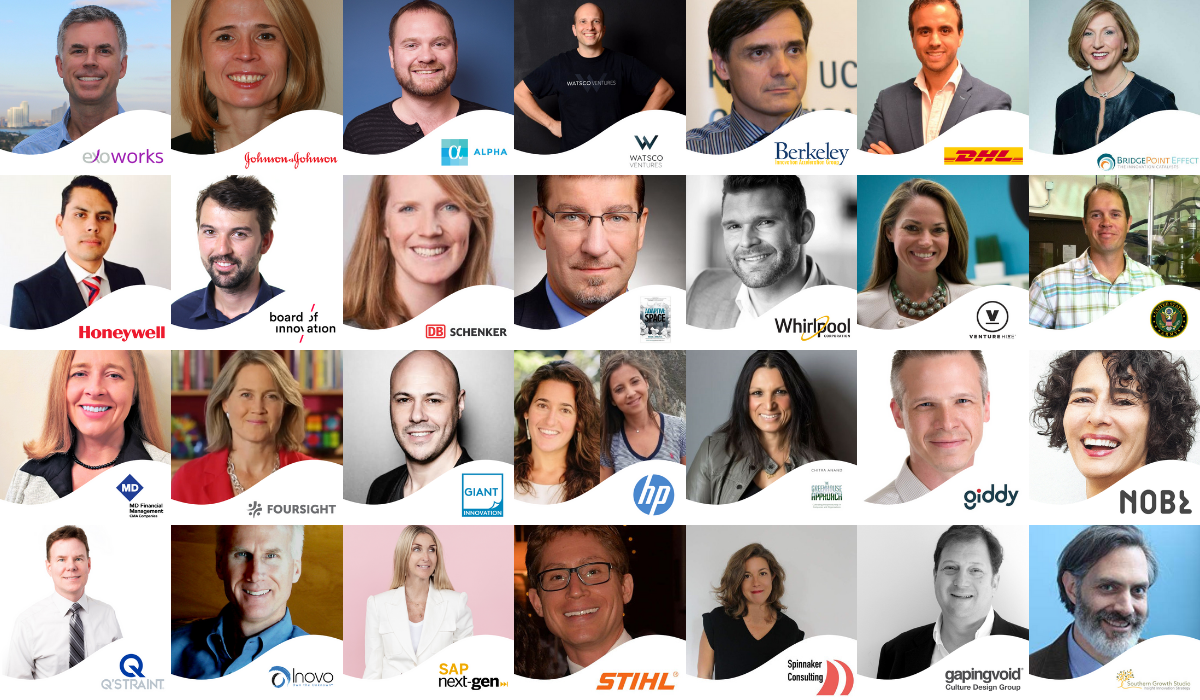Innov8rs is not just a conference- it’s a community.
Instead of playing with cool new gadgets and gimmicks, at our events you’ll actually learn stuff. One of the highest rated segments of our events are the Innovators Insights, where innovation leaders from across industries share their case studies, their successes and failures, and their lessons learned.
As our Miami event draws closer, we asked some of our corporate speakers to share a glimpse of what they’ll be talking about at the event.
*** If you want to know more, and hear stories from 20+ innovation leaders, there’s still time to join- but register asap via https://innov8rs.co/miami
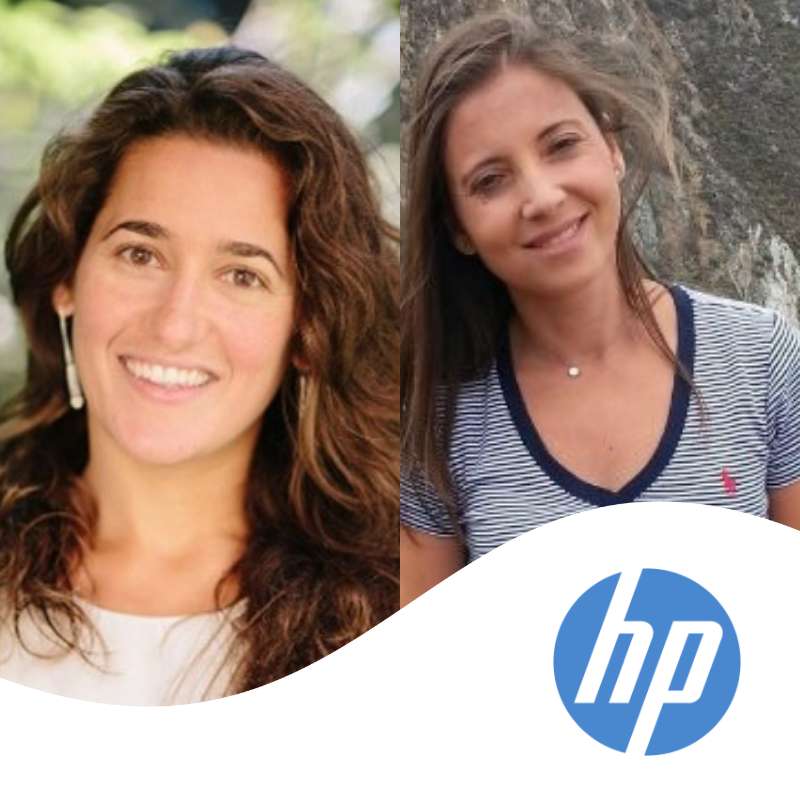 Elena Rodríguez (HP): Deliver A New Vision, Not Only Products
Elena Rodríguez (HP): Deliver A New Vision, Not Only Products
Since the beginning of 2018, Elena Rodríguez has worked at HP as a WW Marketing Segment Manager for the Large Format Printing Business. Her main mission is to develop a future portfolio roadmap of solutions that are a win for customers and for HP. In order to do that, she is leading an “Insights to Innovation” process in the company with the aim to truly become a customer centric company as a primary driver of business strategy and execution.
Looking back at 2018, what was your key achievement? How are you going to build on that momentum in 2019: What will be crucial for you and your team to reach your goals?
“The key achievement has been to acknowledge that innovation is not only delivering new products; we have discovered the need to have a full vision. Rather than have our product managers focused solely on their particular view of the world, we are pushing for a broad view of the full customer ecosystem. This has implications for many areas of the business, from how we approach our vintage chart discussions with R&D managers to how we ask questions to customers and how we are working together.
Three key achievements I am particularly proud of:
- How to ask customers the correct questions. We have made tremendous strides in evolving the ways in which we capture insights from customers. Trainings based on “The Mom Test” have helped us develop a clear methodology for communicating with customers that avoids typical, ineffective questions like, “On a scale of 1 to 10, how important is print speed?” At the same time, we have created a new way to capture these insights using an internal “Insight Center” platform where we clearly document each of the experiments we do, the hypothesis that we validate/discard, and key insights.
- How to work better together. Being agile in a multinational enterprise is not easy. Ideas have to make it through multiple levels of management to be approved and rigid role constraints can be a huge barrier. We have discovered the power of working in small teams. With a person from R&D, a person from Marketing, and a person from Customer Experience working closely and in Sprints from customer discovery to the definition of the solution, every team member can support, explain and defend all the different perspectives. With this approach, the customer always wins.
- How to ask for help. The senior management have acknowledged, with humility and intelligence, that we need help in this adventure of becoming a more proactive, agile and, customer focused organization. The key success factor has been having an external coach with an objective view of the situation who sometimes put us in challenging situations but then gave us the tools and support to make solutions happen.
For 2019, our challenge is to keep the momentum, to solidify what we have done, maintaining the “Insights to Innovation” process and making it part of our NDA forever.
Our aim is to build on experiences rather than products. To promise an experience we need to focus on the full customer ecosystem, beyond printers, which means we need to think of our customers in a more holistic way. We are shifting our paradigm so that instead of simply seeing “customers that need to print” we see “customers that need to succeed in a complex environment.”
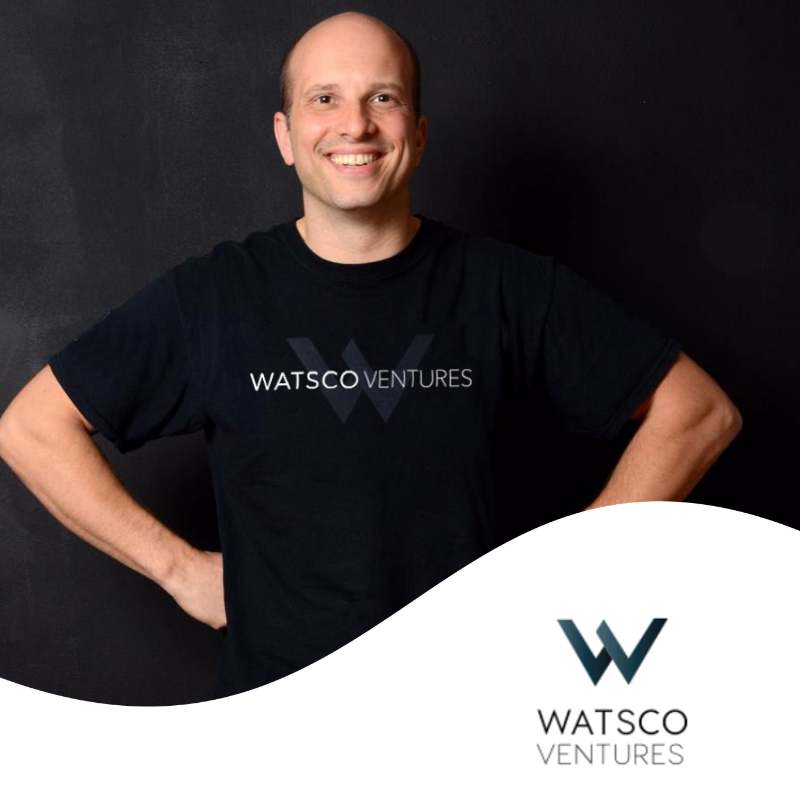 Ivan Rapin Smith (Watsco): Involve The Core
Ivan Rapin Smith (Watsco): Involve The Core
Ivan Rapin-Smith currently leads Watsco Ventures, the startup incubator and corporate venture capital fund of Watsco Inc., a fortune 1000 company headquartered in Miami, USA. Prior to his current role, Ivan started and ran startup accelerator programs in Europe and the USA. Ivan has a Masters in Engineering and co-founded several startups in Belgium before moving to Miami in 2011. He is passionate about technology-enabled business model innovation and creating connections between startups and corporations.
What’s your best piece of advice for anyone with 3-5 years less experience in this field, or to your younger self when you started this role?
“One of the strongest advantages you have in a larger company, compared to a startup, is access to established distribution to reach your existing customers. Too many innovation projects focus on creating a new product or service without spending enough time defining how to leverage the marketing and sales functions of the core business.
Make sure the core business leaders are involved early on in testing and measuring the results of go-to-market strategies, especially if the new product or service that comes out of the innovation initiatives is very different from what the core business is used to selling.
If your core business sales team is great at selling physical goods for example, don’t assume they’ll automatically be great at selling SaaS software or IoT solutions.
In order to make corporate innovation sustainable, you need to deploy innovative products and services at scale so they generate new revenue. Scale can only be achieved with a tested go-to-market strategy and strong execution. Make sure the innovation team members also have marketing and sales expertise. Corporate innovation teams need the same balance of skills as startups do: you need “hackers and hustlers.”
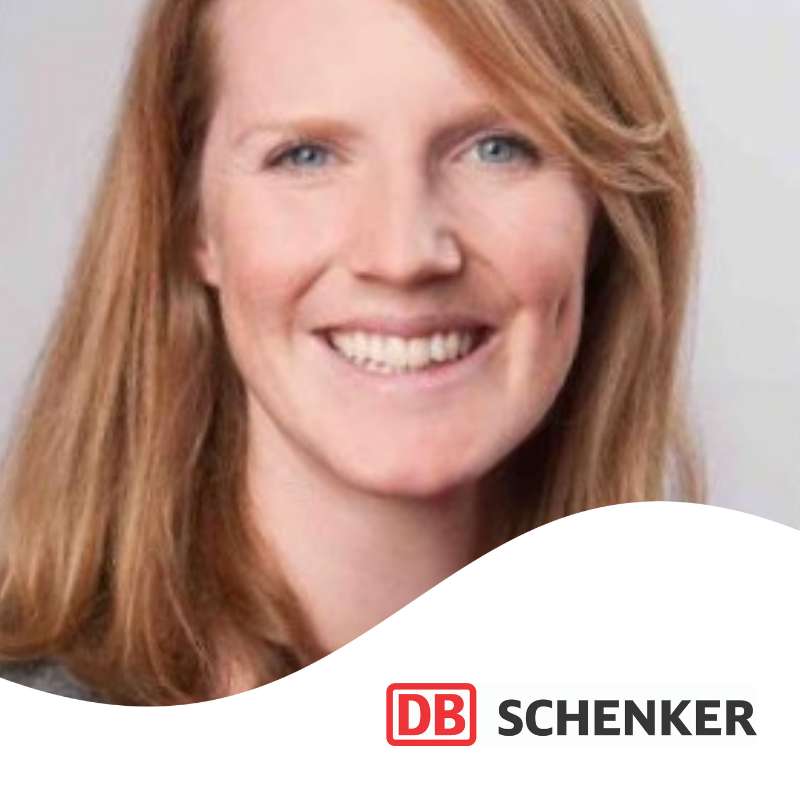 Julia Martensen (DB Schenker): Also Ask The Skeptics
Julia Martensen (DB Schenker): Also Ask The Skeptics
Julia heads HR Strategy & Innovation at DB Schenker, where she scouts, leads and drives initiatives and stakeholder engagement to generate and catalyze a sustainable corporate transformation. Julia is passionate about ‘Co-cHReate to Innovate’, a statement that serves as her leading principle in establishing internal and external engagement models, based on stakeholder, customer and partner exchange facilitation, targeted to prepare Schenker’s global employee base for the ‘Future of Work’.
What’s your best piece of advice for anyone with 3-5 years less experience in this field, or to your younger self when you started this role?
“Build. Your. Network.
Internally & externally. With movers & shakers and nay-sayers and skeptics.
You need the colleagues that can dream with you, overcoming all obstacles. You also need those who will ground you for the necessary reality-check.
Any exchange will take your idea further, refine your approach, help you understand where you should be headed, and what the problem statement really is. It will also require you to formulate your thoughts by talking about them and ultimately helping you to connect the dots.
Sometimes those exchanges will make you revamp your approach; sometimes they will skyrocket you forward because you know you’re on the right track.
In any case – they are worth it.”
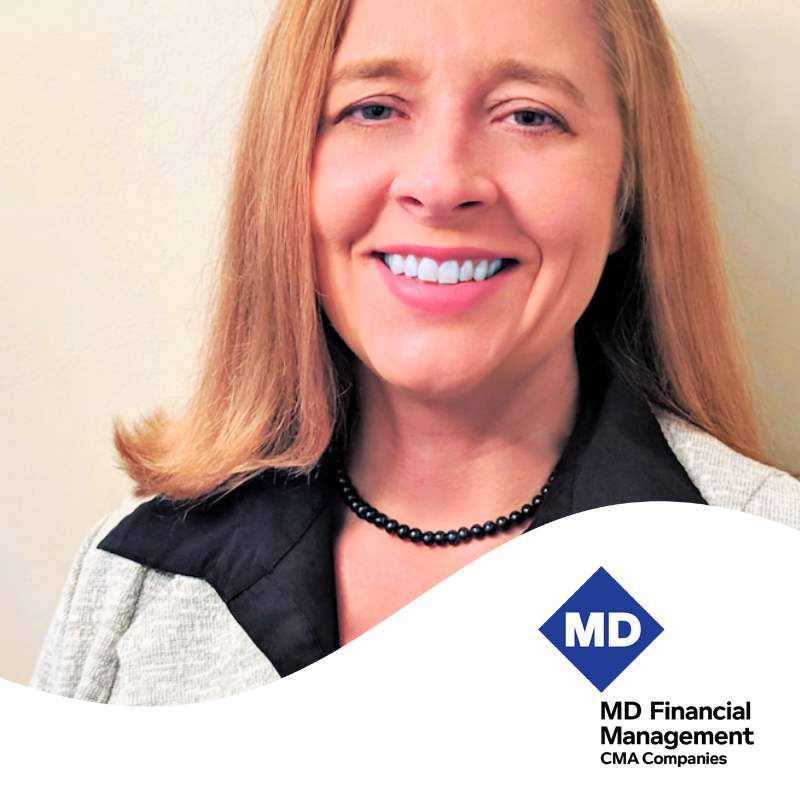 Stephanie Choquette (MD Financial Management): Listen, Test & Learn
Stephanie Choquette (MD Financial Management): Listen, Test & Learn
Stephanie is the AVP of Innovation and Real Estate at MD Financial Management. She is a passionate leader who harnesses the power of an organization to create meaningful business transformation and culture change.
What’s your best piece of advice for anyone with 3-5 years less experience in this field, or to your younger self when you started this role?
“Perhaps you are trying to set up an innovation program in your organization and wondering where to start. Perhaps you’ve already started working on intrapreneurship but don’t know where to go next. You’ve likely read numerous articles about intrapreneurship and innovation—searching for a program that fits your organization.
Ready for the bad news? You aren’t going to find it that way.
There is no article out there that will tell you how to do this. Or more accurately, there are hundreds of articles that will tell you how to create an innovation program, but in reality—your organization is like no other, and what works somewhere else may not work in yours.
But that’s also the good news: Figuring out what might work starts with understanding your own organization, its culture strategy and engagement strategy.
What makes your organization unique will also make your innovation program different.
This also means that the successes your program creates for your organization will be a differentiator for your organization, bringing more value to your people and clients.
This is what we’ve learned at MD Financial Management: By immersing ourselves in the world of agile innovation, intrapreneurship, and disruption, we began implementing things that were successful in other organizations. We created an incubator to focus on the five-to-ten-year horizon, we set up twinning relationships with other organizations, and we created a leaderless team to solve employee productivity challenges. Through all these endeavors, we kept learning about what worked for our people and what was creating the greatest lift for our strategy.
When we decided to create an intrapreneurship program, we knew we had to turn design thinking on ourselves. We started talking to our people about the challenges they face when trying to share and implement a new idea; about what kind of reward or recognition might be motivating to them; about what kind of support they would like when working on a new idea.
After we learned a lot more about the challenges our people face, we set about trying possible solutions. Those solutions became the building blocks of our innovation program.
Our advice? Start small with your innovation program. Listen, test, and learn – you are blazing new territory for your organization, establishing new skills, and creating valuable outcomes for your people and your clients.
 Raúl Alárcón (Honeywell): Don’t Get Lost In Data
Raúl Alárcón (Honeywell): Don’t Get Lost In Data
Raúl leads the strategy for Honeywell Technology Solutions (HTS) in Latin America, turning new ideas into value-added solutions, recognizing innovation capability as a critical enabler for success, building innovation capability, developing new skills & challenging the original thinking. He drives the implementation of the Innovation process with the interaction with Honeywell marketing, sales and engineering experts, identifying LATAM needs and fostering the development of local connected solutions that will add value to regional customers.
Beyond the buzzwords, would you say you are making solid progress on your innovation management journey? How do you know? What are you measuring and why?
“Innovation is complex; it involves team engagement, a continuous flow of ideas, creativity, customer centricity, business impact, velocity, and several other subjects. Even with all that complexity, there are ways to sense if your innovation journey is taking you in the right direction.
The first indicator is customer centricity. When doing innovation, it’s easy to move far away from standard thinking and even farther away from the original problem statement. This is not necessarily wrong, in fact, it is an important part of divergent thinking that is needed to break through barriers. Don’t freak out; as long as your ideas are focused on your customer (internal or external) and the problem you are trying to solve, you won’t get lost.
The second indicator is team engagement. There are no fixed ways to define if your team is truly engaged in the innovation journey. Start by asking yourself simple questions that help you identify the level of your team’s engagement. Is the team loyal to the purpose of the journey? Is everyone committed to finding a sustainable solution? Can you trust that everyone is doing their best? Is the team motivated to overcome obstacles?
When you ensure that your customer is at the center throughout your journey and that there is engagement among the team (including the user) it is very likely that your innovation journey will result in a positive business impact. You will be enabling growth for your company and enhancing a sustained innovation culture among the team by looking not only for creativity but for ideas that generate return in a sustainable way.
Let me add one key learning. Don’t be obsessed with data over customer intimacy.
In the era of big data, it’s easy to get lost in enormous databases with data collected from myriad processes that can be analyzed to find beneficial, actionable insights. While this data can be enormously useful, do not underestimate the power of understanding your customer in the physical world.
Take every opportunity to talk, not only to your customer, but to the users. Observe, ask, listen, and feel. This will give you a perspective that every byte of data in the cannot provide.


